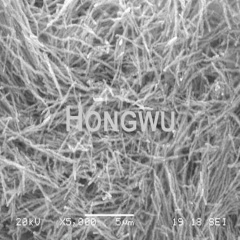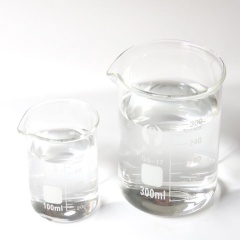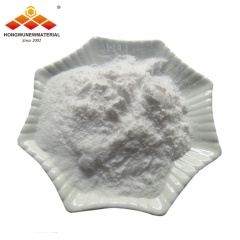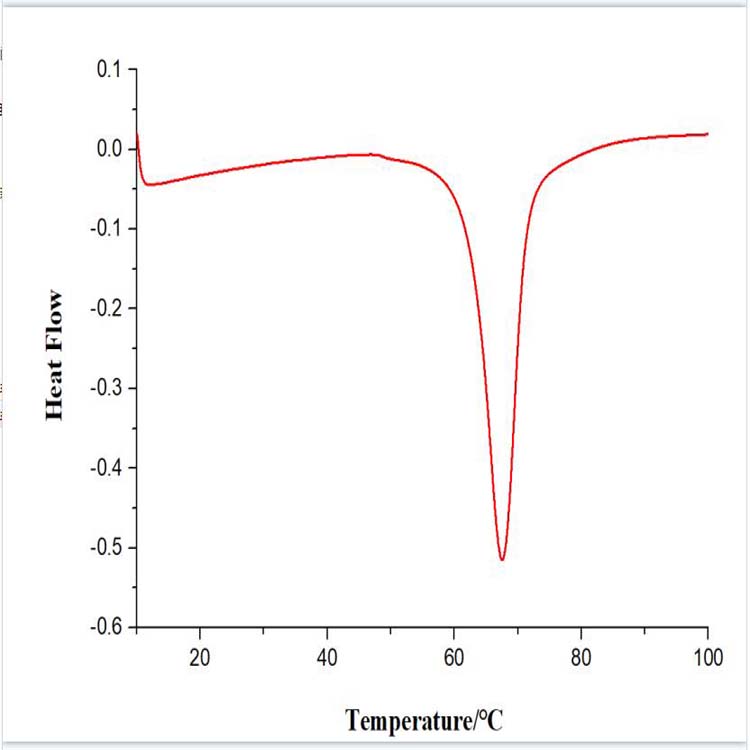The classifications of photocatalyst nanomaterials
Catalysts are widely used in all walks of life all over the world, and theoretical research on catalysts have great development in clean energy, environmental protection and other aspects. Among them, the photocatalytic material refers to the semiconductor catalyst material required for the chemical reaction to occur under the condition of light. Photocatalytic technology has become an ideal environmental pollution control technology due to its unique properties that can directly use sunlight at room temperature to completely mineralize various organic pollutants without secondary pollution. In recent years, researchers from many disciplines in my country have joined the field of photocatalysis research, making it a more active field and developing rapidly. At the same time, the fields of environmental protection and new energy have been developed rapidly in recent years, and photocatalyst materials are in a huge market demand.
So what are the types of photocatalyst materials?
1. Nano photocatalytic materials with precious metals, graphene and carbon nanotubes supported on the surface, such as nano oxides TiO2, Fe2O3, WOx, Al2O3, CuO, NiO, ZnO and other surface loaded precious metals;
2. Surface-coupled nano semiconductor photocatalysts, such as CdS-ZnO, CdS-SnO, CdS-TiO2, CdSe-Tioz, SnO-TiO2, etc.;
3. Photocatalysts composed of perovskite oxide structures such as BaTiO3, SrTiO3, LaFeO3, etc.;
4. Supported photocatalysts on adsorbent support, such as TiO2 and ZnO on the surface of adsorbent carriers (such as silica, zeolite, alumina, activated carbon);
5. Nano metal oxides such as TiO2, Fe2O3, WO3, SnO2, CuO, Al2O3, ZnO, etc.
Nano tungsten trioxide(WO3) has a strong ability to absorb electromagnetic waves, can be used as an excellent solar energy absorbing material and invisible material, and has good stability. Tungsten trioxide nanoparticle has a large specific surface, significant surface effect, and has this special catalytic performance. As a transition metal compound, nano tungsten oxide(WO3) is a wide-bandgap n-type semiconductor and a potential sensitive material.
The theoretical basis for using semiconductor nano particles as photocatalysts is that: on the one hand, the quantum size effect will widen the semiconductor energy gap, the conduction band potential becomes more negative, and the valence band potential becomes more positive. This enables it to obtain stronger redox ability; on the other hand, the specific surface area of nanoparticles is much larger than that of conventional materials. The surface area of a nanomaterial the size of a rice grain is equivalent to the size of a football field.
The nano materials have a strong ability to adsorb pollutants, which is very beneficial to improve the speed of the catalytic reaction; moreover, the smaller the particle size, the smaller the recombination probability of electrons and holes, and the better the charge separation effect, resulting in improvement of catalytic activity.


 English
English français
français Deutsch
Deutsch русский
русский italiano
italiano español
español português
português 日本語
日本語 한국의
한국의 Türkçe
Türkçe
















 8620-87226359,8620-87748917
8620-87226359,8620-87748917

